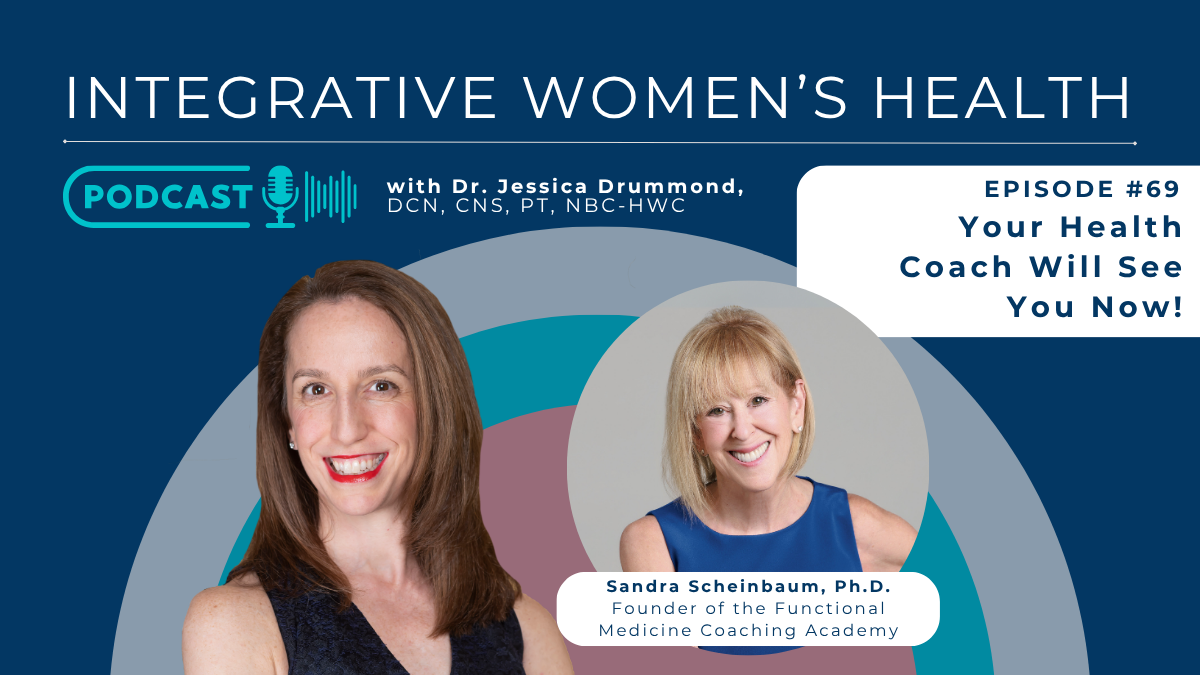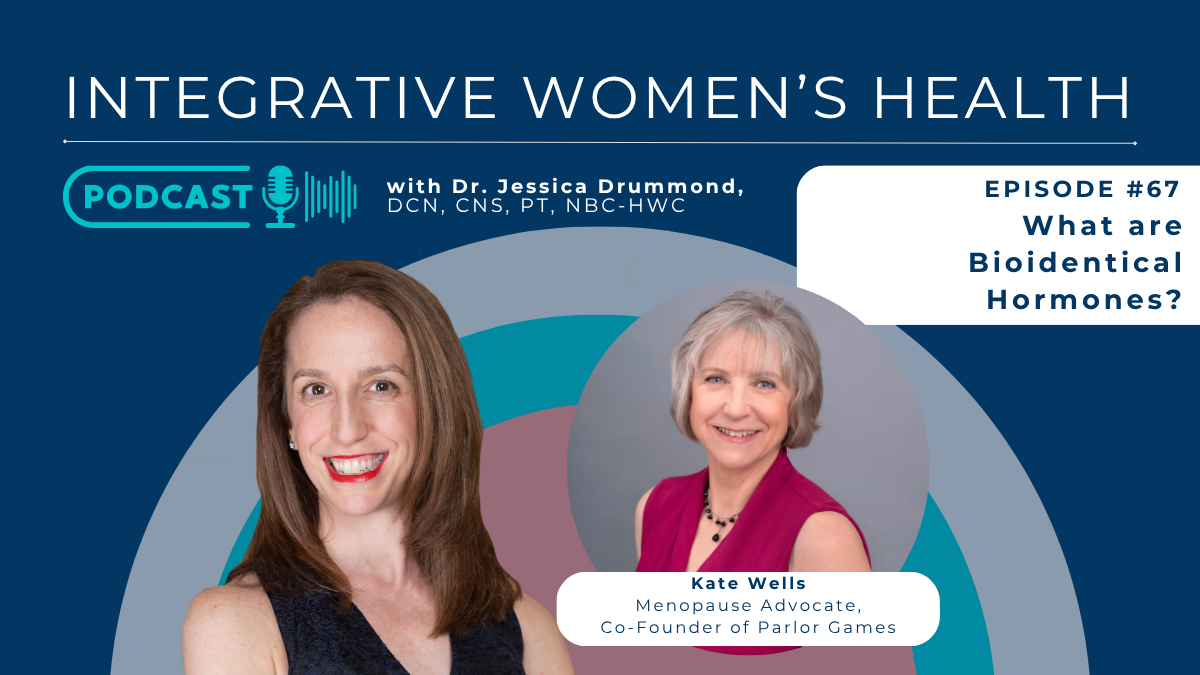Last week we talked about how when your brain is starving for certain nutrients, it can create a lack of very important neurotransmitters that help you feel calm, sleep well, and tolerate pain better. I also explained some strategies for adding those missing building blocks back to your diet. For even more on that topic, check out Julia Ross’ updated book, The Diet Cure.
Today, we are going to discuss more the problem with the wheat that we eat today vs. the wheat that was “The Staff of Life” of Biblical times, or even the wheat that our great grandparents baked 100 years ago. Dr. Mark Hyman did a very detailed post on this issue, and today I’m going to explain the highlights to you.
There are 3 problems with modern wheat. The inventor of this genetically manipulated and hybridized form of wheat actually won the Nobel Prize for it, and his original intention was to be able to feed more starving people with it. Unfortunately what it actually does is cause inflammation, obesity, and addiction to it in those who eat it.
As you probably know by now, I eat a mainly Paleo Diet, with some whole grains such as millet and quinoa that are gluten-free or sprouted bread which while not gluten-free is not made from flour. It is made from a paste of sprouted whole grains. While I am not sensitive to gluten nor do I have celiac disease (a severe gluten allergy), I do try to avoid gluten for the most part because it can cause hidden inflammation.
There are three main reasons to avoid wheat. First is that many, many people are either gluten intolerant, have celiac disease, or are gluten sensitive. Gluten is a protein in wheat. If you have any of those sensitivities, then, at best, gluten is irritating your digestion or causing you some hidden inflammation. At worst, it could be actually killing you by wreaking digestive and inflammatory havoc. Modern wheat contains a form of gluten that is super-inflammatory.
Secondly, wheat now contains very high levels of super starch which very quickly raises your blood sugar. This blood sugar rise is a problem for your hormone health. Your adrenal glands are the foundational organs of your endocrine (hormone) system. One of their jobs is to help to keep your blood sugar levels steady. When you eat things that cause your blood sugar to swing wildly, you place a lot of strain on your adrenal glands. When they have to work very hard just to keep their blood sugar steady, they cannot do their other jobs like helping you to buffer emotional stress, or keeping your libido strong. Plus, your pancreas secretes excessive amounts of another hormone called insulin. When this happens too often over time, you are setting yourself up for PCOS, prediabetes, diabetes, or other blood sugar instabilities. In your men, male pattern baldness before the age of 35 may be an indicator of insulin resistance.
Finally, the proteins in wheat are broken down during digestion into a molecule that is similar to heroin. It functions like an addictive drug in your system, causing problems and symptoms, in addition to serious cravings! Here’s what Dr. Hyman had to say on this subject,
“When processed by your digestion, the proteins in wheat are converted into shorter proteins, “polypeptides”, called “exorphins”. They are like the endorphins you get from a runner’s high and bind to the opioid receptors in the brain, making you high, and addicted just like a heroin addict. These wheat polypeptides are absorbed into the bloodstream and get right across the blood-brain barrier. They are called “gluteomorphins” after “gluten” and “morphine”.
These super drugs can cause multiple problems including schizophrenia and autism. But they also cause addictive eating behavior including cravings and bingeing. No one binges on broccoli, but they binge on cookies or cake. Even more alarming is the fact that you can block these food cravings and addictive eating behaviors and reduce calorie intake by giving the same drug we use in the emergency room to block heroin or morphine in an overdose called naloxone. Binge eaters ate nearly 30% less food when given this drug.”
As I type this, I have just come home from my daughter’s music concert. She’s learning to sing, and play musical instruments along with lots of other kids from ages 7-12 or so. Their show was adorable. They performed two sets of Rolling Stones songs. Claire was a big hit with Gimme Shelter, Satisfaction, Can’t You Hear Me Knocking, and Jumpin’ Jack Flash. While I was there I ate a turkey avocado wrap. It was the best I could do at the local bar.
I am paying for it now. I should have taken off the tortilla. Eating that wheat tortilla has just knocked me down for a few hours. I feel tired, my concentration is sluggish, and I’m a little snappy! I am feeling really badly for all of the kids who ate grain-fed burgers, buns, and fries during the show. They could’ve rocked it so much harder without the wheat cramping their style. Something to think about for your kid’s next celebration. Do you want her to enjoy it, or feel a little drugged? Think about the food that will be available.
Here’s a good test to see if wheat is affecting you… take it out completely for 7-14 full days. Then, go crazy, eat as much as you want the next day. How do you feel? Tired? Sluggish? Snappy? Anxious? Depressed? Bloated? Gassy? If so, take it out for good. You will be amazed at how good you feel just a few weeks or months later. If your kids have any behavioral, digestive, or inflammatory skin issues, taking out wheat is a good place to start to see if their symptoms get better. Just do a week or two challenges, and see how it goes.
xo,







